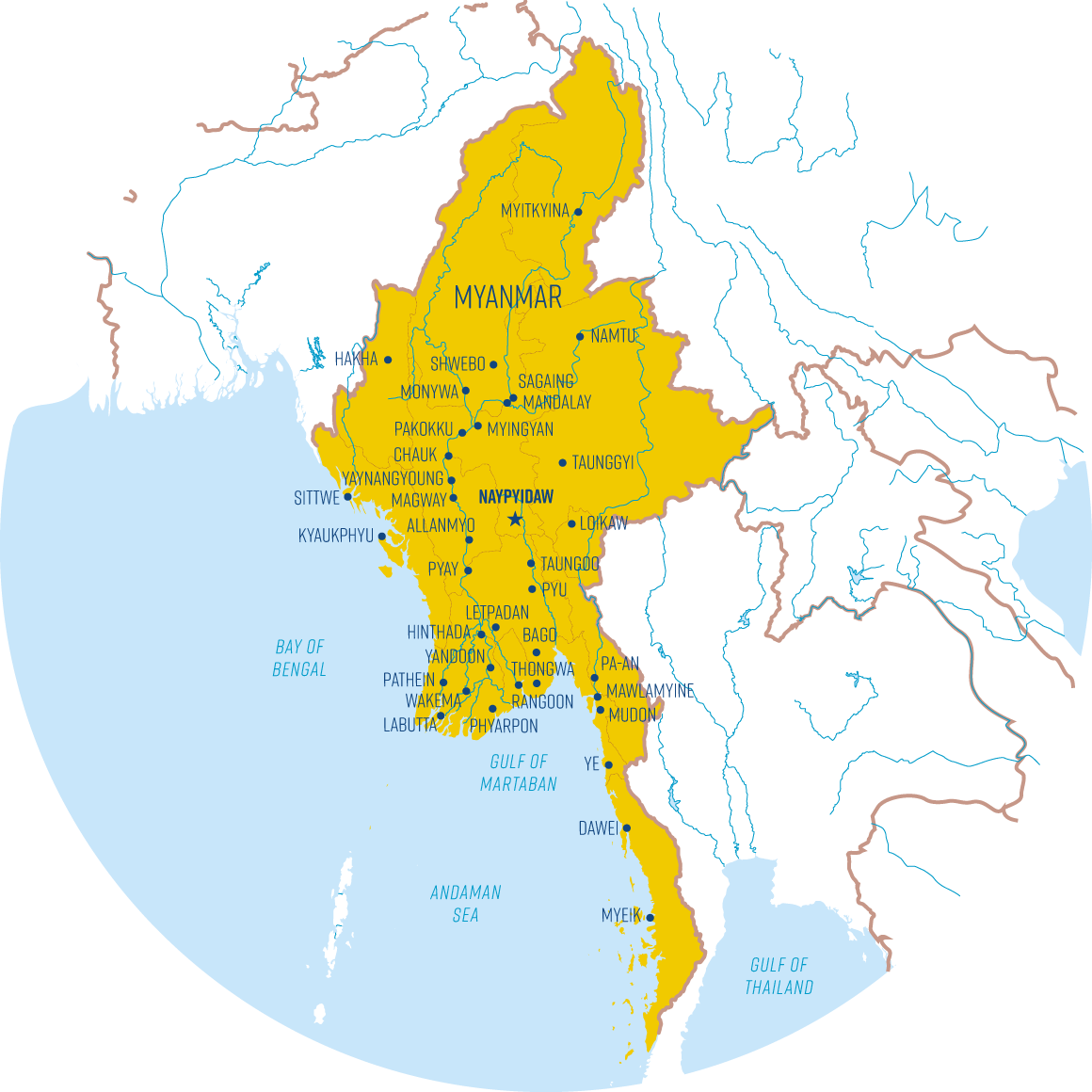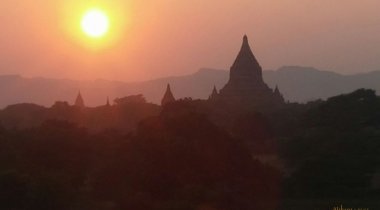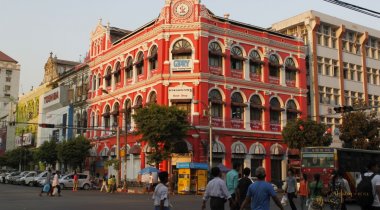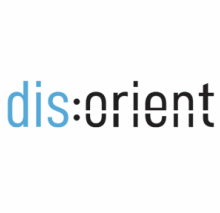Known as the land of pagodas, Myanmar is a country unlike any other in South East Asia. With hundreds of ethnic groups and languages spoken, there is always something new to learn and discover. Touted by many as the next “up-and-coming” tourism destination, the country has a unique mix of cultures, boasts thousands of temples and pagodas and untouched landscapes.

Myanmar has a long and turbulent history. The country achieved independence from British rule in 1948. Following years of political unrest, the military staged a coup d’état in 1962, and the country remained isolated under strict military rule for almost five decades. The first truly democratic elections in the country weren’t held until 2015, where the National League for Democracy Party under the leadership of Aung San Suu Kyi won by a landslide.
Parts of the so called ‘frontier states’ of Myanmar are still inaccessible to tourists to date due to ongoing conflict between the Tatmadaw (the national army of Myanmar) and various ethnic armed organisations.
Because of the country’s relatively recent opening to the international community, the locals do not show the inherent skepticism or annoyance towards tourists as in more established tourism destinations, and friendly tourists are always greeted with a smile.
Even with the number of international tourists and foreign investors growing and modernising the economy, the locals continue to adhere to traditions. Men and women alike can be seen wearing longyis, and women can be seen wearing thanaka on their faces, long used as a beauty product as well as sun protection.
Unsere Highlights
Yangon
...formerly Rangun is Myanmar’s largest city. With its colourful mixture of richly adorned Buddhist temples, British colonial architecture as well as modern buildings, Yangon offers a lot of interesting architecture that is closely interwoven with the history of the country. But this is not all the city has to offer. For example, a visit to the Bogyoke Aung San market as well as smaller street markets or a short break at Lake Kandawgyi can be highly stimulating and if you get thirsty or hungry in between, you can go ahead and immerse yourself completely in the Myanmar culture with a fresh glass of sugar cane juice or some street food.
Nay Pyi Taw
Built by the military under strict secrecy for fear of coup attempts, Nay Pyi Taw (translating to "Seat of the Kings") has been the capital of Myanmar since 2005. With a population of only one million inhabiting a territory four times the size of London and its eight-lane streets it feels almost like a ghost town. Not only its function as the seat of the parliament and the national museum, but also this somewhat peculiar atmosphere certainly makes the capital worth a visit.
Bagan
The historic royal city is undoubtedly one of the greatest highlights not only of Myanmar, but also Southeast Asia as a whole. At the UNESCO World Heritage Site, which is situated in a steppe landscape, you can marvel at no less than 10000 temples. A balloon ride at sunrise provides an indescribable panoramic view that you will probably never forget.
Indawgyi See
Surrounded by forests and mountains, Lake Indawgyi is a true idyll. Away from the classic tourist destinations, the biosphere reserve invites you to boat tours or hikes along its shores.
Golden Rock
Those who have taken on the not entirely easy journey on foot or by truck up to the mountain top of 1100m altitude will be rewarded not only with a wonderful view over the forest and mountain landscape, but also with the unique atmosphere of one of the most important pilgrimage sites in Myanmar.



















































